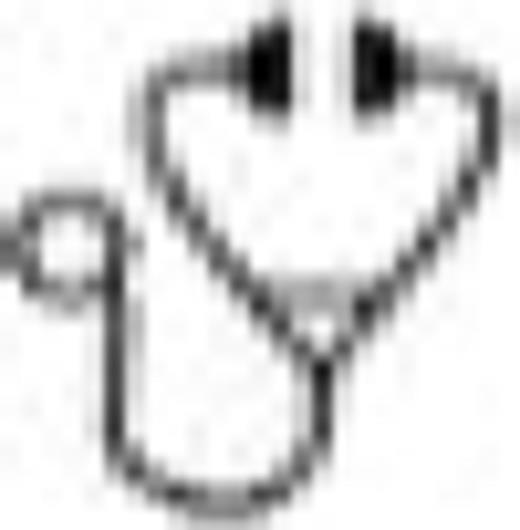Abstract

Background: Higher risk MDS and AML with del(5q) carry very poor prognosis, but show some response to AZA and LEN as single agents (Adès Blood 2009, Itzykson, Blood 2010). The combination of LEN and AZA has been tested in non-del 5q MDS patients with encouraging results and limited toxicity (Sekeres, Blood 2012). Sequential combination of AZA and LEN has also shown to be feasible and potentially effective in 20 patients with higher-risk MDS with del(5q) in a phase I study (Platzbecker, Leukemia 2013). In this phase I-II trial, we combined escalating doses of LEN to AZA in higher risk MDS and AML with del(5q).
Methods: Patients with IPSS int-2 or high MDS, CMML with WBC < 13,000/mm3 and marrow blasts > 10% and AML (20-30% marrow blasts) with 5q deletion with or without additional cytogenetic abnormalities could be included provided they had not previously received LEN or AZA. Patients should also have contra indication to intensive chemotherapy (IC), precluding inclusion in a GFM competing trial combining IC and LEN in higher risk MDS and AML with del 5q. In the present trial, patients received AZA (75 mg/m2 x5 d, every 28 days) combined with escalating doses of LEN (5 mg/d x14 d in cohort 1, 5 mg/d x21 d in cohort 2 and 10 mg/d x21 d in cohort 3). For patients in hematological CR, PR, HI or marrow CR (MDS) and CR or PR (AML) after cycle 2 or 4, treatment was to be continued at the same schedule unless unacceptable toxicity or overt progression occurred. The primary endpoint was response assessed according to IWG 2006 criteria. Secondary endpoints were best response over the 4 cycles and survival. Medians [IQR] are reported unless specified. Intent-to-treat analyses were made.
Results: 49 patients were enrolled, including 15, 10 and 24 patients in cohort 1 (LEN 5 mg/d x14d), 2 (LEN 5 mg/d x21d) and 3 (LEN 10 mg/d x21d). 24 were males and the median age was 69 (63-74). According to WHO classification, 1 patient had CMML, 9 RAEB1, 22 RAEB2 and 17 AML. PS was 0, 1 and 2, in 30.8%, 43.6% and 25.6% patients, respectively. However, as said above, patients included in this trial were considered unfit for IC due to their age and/or comorbidities (cardiovascular in 30 patients, pulmonary e in 10, and neurological in 6 pts). Del(5q) was isolated in only 8.3% pts, while 85.4% had del (5q) and at least 2 additional abnormalities (i.e., complex).. IPSS was int-2 in 33% patients and high in 66% patients.
Overall, 143 cycles were administered (median 2/patient, including 9 patients who received 6 or more cycles). In the three cohorts, the median number of cycles received was 2 (1-2), 2 (1-4.75) and 4 (2-5.5) respectively.
Fifteen (30.6%) patients discontinued treatment before the second cycle, due to early death (n=9), adverse events (n=3), progression (n=2), or CNS hemorrhage (n=1). They were all considered as non responders (primary endpoint). After 2 cycles, 4 (8.2%) achieved CR, 4 (8.2%) marrow CR and 4 (8.2%) stable disease with hematological improvement (ORR= 24%). The best response rate over the 4 courses was 2/15 (13.3%) in cohort 1, 1/10 (10%) in cohort 2, and 9/24 (37.5%) in cohort 3 (ORR=24%). The response rate was 37.5% in patients receiving 10 mg/d, versus 12% in those receiving 5 mg (p=0.051) while other baseline parameters had no impact on response: IPSS (p=0.073), marrow blasts >10% (p=0.16), sex (p=0.74), cytogenetic complexity (p=0.26) or PS (p=0.419). 2/6 CR patients achieved cytogenetic complete response: 0/2 in cohort 1, 0/0 in cohort 2, and 2/4 in cohort 3.
One year OS was estimated at 22.9% [95% IC: 12.3-42.5]. We failed to identified any prognostic factor associated with OS (IPSS (p=0.52), marrow blasts >10% (p=0.28), sex (p=0.99), isolated del(5q) (p=0.68), cohort (p=0.2) and PS (p=0.33)).
Regarding toxicity, 58 SAEs (grade 3-4) were reported in 38 patients, including 35 infectious events, 7 bleding events, 3 deep venous thrombosis.
Conclusion: In this elderly population of higher risk MDS or AML considered unfit for intensive chemotherapy, and with del 5q that was part of a complex karyotype in almost all cases, the combination of AZA with escalated doses of LEN was associated with early discontinuation (<4 cycles) in 30/49 (61.2%) of the patients, mostly due to progression or toxicity, and only 12/49 (24.5%) response. The fact that some responders also achieved cytogenetic response may however be encouraging.
Vey:Janssen: Honoraria; Celgene: Honoraria; Roche: Honoraria. Park:Hospira: Research Funding; Celgene: Research Funding; Novartis: Membership on an entity's Board of Directors or advisory committees, Research Funding. Fenaux:Amgen: Honoraria, Research Funding; Novartis: Honoraria, Research Funding; Celgene Corporation: Honoraria, Research Funding; Janssen: Honoraria, Research Funding.
Author notes
Asterisk with author names denotes non-ASH members.

This icon denotes a clinically relevant abstract

